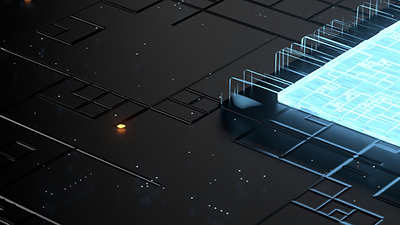Cloud native EDA tools & pre-optimized hardware platforms
USB 3.2 is here, and it's a game-changer, elevating us from USB 3.1's 10 Gbps to a remarkable 20 Gbps. The USB Implementers Forum (USB-IF) has implemented clever and effective strategies to make this possible.
One of the key features of USB 3.2 is that it works exclusively with the new Type-C connector. This connector and cable provide two lanes – Lane 0 and Lane 1. The standard allows for the simultaneous use of both lanes at 10 Gbps, effectively doubling the speed to 20 Gbps.
Preserving the existing PHY signaling speeds offers several benefits. It enables chip makers who are transitioning to USB 3.1 or moving from USB 3.1 to 3.2 to use the same analog SERDES as for 3.1. Designers can thus leverage their initial investment in the development and porting of that SERDES. However, the digital portion, particularly the PCS, requires a significant and non-trivial re-architecture.
Another advantage is maintaining the same cable lengths for USB 3.2 and 3.1. This standardization allows the same bit error rate and signal quality standards from USB 3.1 to be applied to USB 3.2, leveraging existing architecture. It also means the cable length stays consistent at 1m, which is significant as doubling the PHY speed would have necessitated a reduction in cable length.
For USB 3.0, there's an opportunity to use longer cable lengths. By utilizing existing 5Gbps signaling and lane bonding – using Lane 0 and Lane 1 for 5 Gbps signaling – it’s possible to achieve 10 Gbps with cables up to 2-3m in length. This is a substantial increase over the 1m length supported by USB 3.1 with a single lane.
The introduction of two-lane bonded ports in the USB Type-C port means the PHY must handle two lanes of data at a time. This is where the concept of skew becomes important. If two lanes of data arrive simultaneously, they must be closely synchronized to be useful. For instance, if you're watching a video via USB, and the audio and video are on different lanes, they need to be in sync. If they are misaligned, it could result in disjointed audio and video during playback. To address this, the USB-IF specifies a de-skew of 6400 picoseconds, ensuring data from both lanes arrives within this time frame.
It's worth noting that cable lengths are not explicitly defined in the USB specifications. They are instead based on the allowable signal loss between the transmitter and receiver. The USB-IF defines the qualities of cables and connectors to achieve a target length of 1m for USB 3.2 and USB 3.1, and 2m for USB 3.0. The better the USB PHY, connectors, and over-specified cable, the less loss over the cable, and the lower the bit error rate. This could mean a more expensive cable but potentially less risk of customer returns due to device failures.
While audio data rates are slower than video data rates, making significant misalignment unlikely, any substantial separation of data might be registered as a bit error, prompting a request for retransmission.
This could slow down the overall data rate. Ideally, all parts of the system – the USB Host, the USB peripheral, and the USB cable – should be USB logo certified to avoid these issues.
For a bit of fun, I’ve included two XKCD comics for you. They offer a humorous take on the world of USB and are a great way to lighten up the intricate world of USB standards and technologies. Enjoy!
















